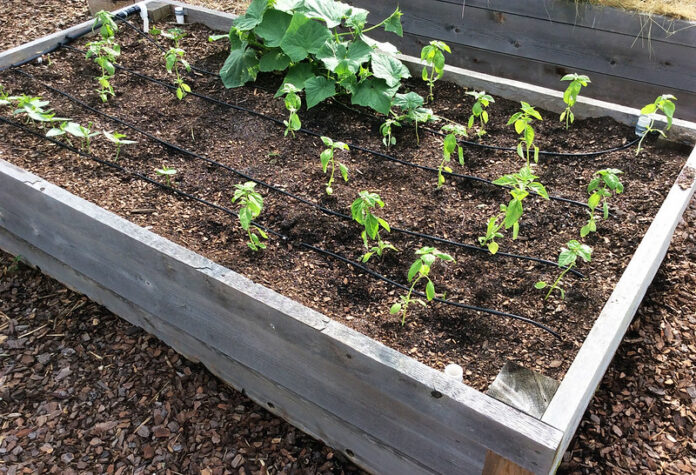
AUBURN UNIVERSITY, Ala. – With spring on the horizon, it is time to start preparing vegetable transplants. When growing vegetable transplants for the home garden, there are several considerations to be made, from sowing seeds to proper care.
Purchasing
A transplant is simply a plant grown in a container to then move to the garden. When purchasing seed from the store, it is best to buy from a reputable source. Purchase just enough seed for one year. Seeds purchased should be ready to germinate. Make sure to thoroughly read the label on the seed packet. It should detail the specific resistance of the plant to fungi, viruses and more. Days to maturity as well as planting depth should be listed on the packet as well. Gardeners can watch a video for selecting seed for transplants on the Alabama Extension YouTube account (alcoopextensionvideo).
Growing
Once growers have chosen which variety to grow, the next two important steps are to choose a proper container and growing media. According to Alabama Extension Horticulture Specialist Joe Kemble, the best containers are plastic trays. These are often reusable and easy to sanitize between uses. Other options include pots made of compressed peat and disks of pressed peat that swell to pot-like cylinders when wet, as well as peat cubes.
“Some of the simplest containers for starting seeds can be found right in your kitchen,” Kemble said. “Whether it is plastic, Styrofoam, wax-coated drink cups, egg cartons or the bottom halves of milk cartons, any sturdy, clean container in the home with drainage holes will be suitable.”
If these containers were previously used or contained food, sanitize them with a 10 percent bleach solution prior to use. Just dip them in the solution or spray it on then rinse with clean water after a few minutes.
Along with the container, the growing media is essential for successful transplant growth. Purchase growing media from local garden centers or from a seed and garden catalog.
“These media generally contain a mixture or peat moss, vermiculite, and perlite,” Kemble said. “They also contain a small amount of nutrients called a ‘charge’ to help the seedlings to grow.”
This charge will only provide enough nutrients for about two weeks. After two weeks, gardeners will need to apply more nutrients.
General maintenance
Last but not least, transplants must have proper maintenance until they are ready for transport to the garden. Transplants require sufficient sun, preferably on a sun porch or directly in a window with southern exposure. The transplants must remain warm, yet moist. If the plants begin to feel dry, water the media. It is important to monitor the plants daily until they are ready for the garden.
More information
The Alabama Extension publication “Keys to Producing and Selecting Quality Vegetable Transplants” is a great resource for information. For further information on vegetable transplants, visit the Alabama Extension website, www.aces.edu.





























